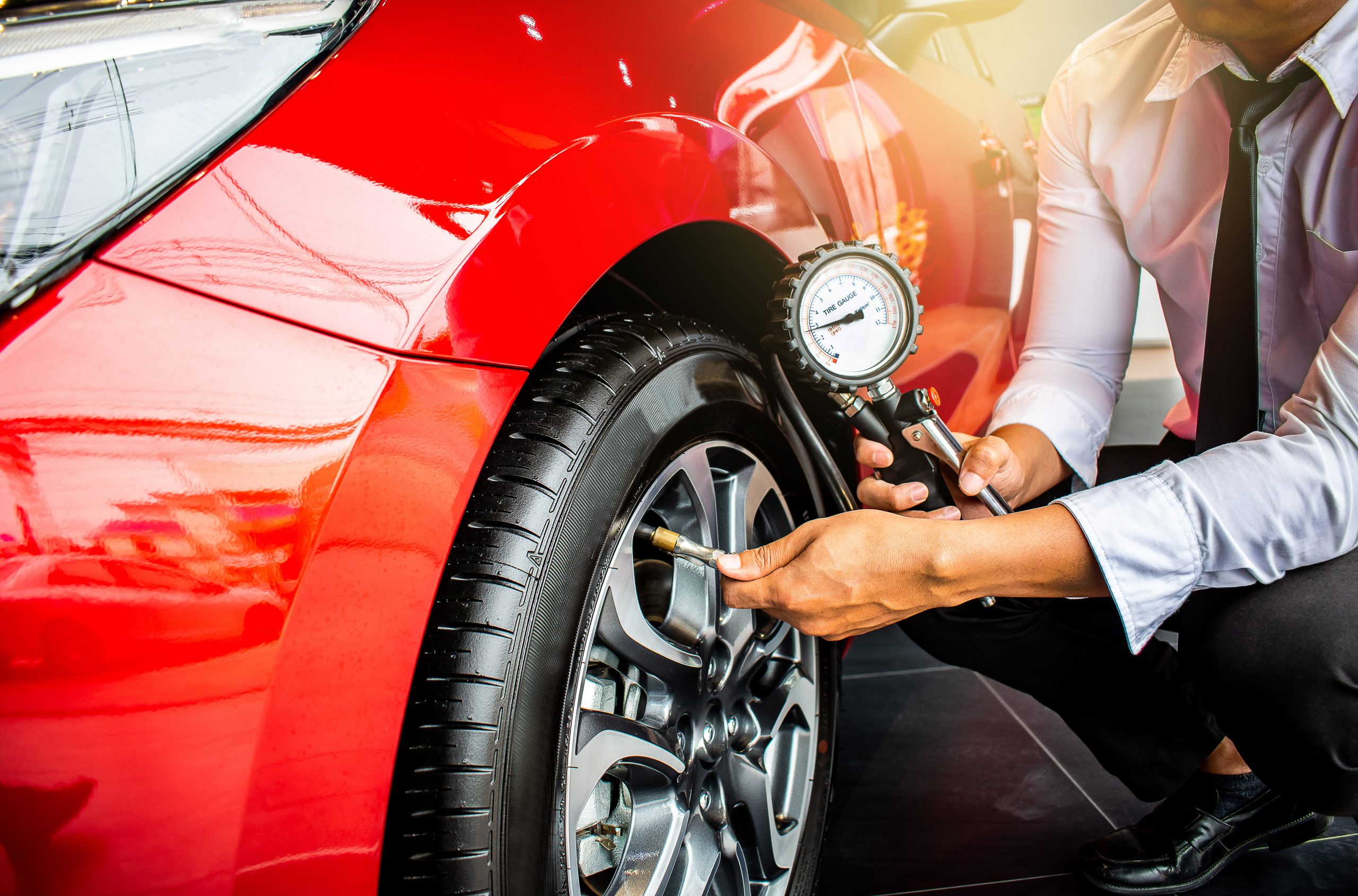As Circuit Breaker ends, we now welcome Phase 1 of Safe Re-Opening. During this time, some of us might be going back to work in the office. Some might be excited about this, while others are sure to be dreading the daily travel to and from work. Whichever camp you’re in, some form of normalcy is surely a good thing.
Now that we can start driving to the office again, you might be excited to quickly get going. But because most of our cars have been underutilized in the past 2 months (or more), you shouldn’t dive straight into it. Doing so can be unsafe for you and it might even damage your car.
So, before you start on your normal route to work, here are a few tips you should follow to ensure a safe drive.
DIY Inspection
Before even stepping into the car, make a couple of rounds around it for a quick visual inspection. This is the easiest way for you to check if there are any problems and even fix them if they’re minor issues.
Some areas to keep an eye on are your tyres, checking if there’s any liquid under your car and if there’s any damage to the body. If everything looks good, go for a couple of rounds around your car park and listen for any weird noises coming from your engine or even the brakes. If everything’s sounds and looks okay, you should be good to go!
Are Your Tyres Inflated?

If you have not used your car over the last 2 months, there’s a chance that your tyres might be underinflated or even deflated. This is something you should pick up on when doing the inspection, before driving off.
Deflated tyres are quite easy to identify, but identifying underinflated tyres can be quite difficult. We recommend that you visit your nearest petrol kiosk to make sure your tyres have the correct pressure.
Driving with underinflated tyres can cause permanent damage to them, so it’s important for you to check this out before driving to your office.
Check Your Engine Oil (and Other Liquids)
If you found that there’s liquid under your car, it usually means that there’s a leak. Driving your car when there’s a leak will damage the affected parts and even cause your car to breakdown. That’s why it’s important for you to check all the fluids in your car.
The first thing you should do is to check your engine oil with a dipstick. If you don’t know how to do that, it’s actually really simple. Watch this video to find out!
Apart from the engine oil, you should check the other fluids and coolant levels. To find out how to do this, check this comprehensive guide on how to check the fluid levels of your car now!
If one or more of these fluids are below the required amounts, you may have found your source of the leak. In this case, make sure you send your car to a trusted workshop to get it fixed.
Don’t Rev Too Quickly
When you go for a run after some time away, it’s important that you warm-up and stretch before getting started to avoid any injuries whatsoever. The same applies to your car. Let it warm up before driving off. To do this, just start your car and let it idle for a few minutes before ‘putting the pedal to the metal’.
Letting your engine idle will let fluids and coolants in your car circulate through the system and lubricate the various parts. This ensures that everything will work smoothly and also prevents any friction from causing damage to the insides.
Car Not Starting? It Might be Your Battery…
One of the biggest signs that your car battery is failing is when there are issues starting up the car, like a delay or if it takes a few attempts to get started. This is a good indicator that your battery needs replacing. If you find yourself in this situation, you should not force it and keep cranking up your car. This will drain your car battery further, putting you at a worse off position.
Instead, run a couple of tests to confirm your suspicion before taking the next step. Here’s a quick and easy guide on how to check if your car battery is working.
Once you confirm that your battery is low and needs replacement, there are 2 routes you can take. You can call a tow truck and get your car sent to a trusted workshop, or jumpstart your car on your own.
If you’re thinking of doing the latter, here’s an easy step-by-step guide on how you can jumpstart your car. Alternatively, check out the video below.
Despite the end of the circuit breaker in Singapore, you should still follow our previous guide on the 5 things to do every time you go out for a drive and most importantly, take it slow. Don’t rush your driving and always practice defensive driving habits.
People also liked: PHASE 1 SAFE RE-OPENING: IMPORTANT INFORMATION FOR CAR OWNERS POST CIRCUIT BREAKER: WILL COVID-19 IMPACT COE PRICES? POST CIRCUIT BREAKER: HOW TO SELL YOUR CAR SAFELY




